15 Big Azure Announcements Made At Microsoft Build 2021
‘It is our mission to empower this next generation of developers with world-class tools and cloud services that allow them to build the applications of the future,’ says Gabe Monroy, vice president of Microsoft Azure developer experience.
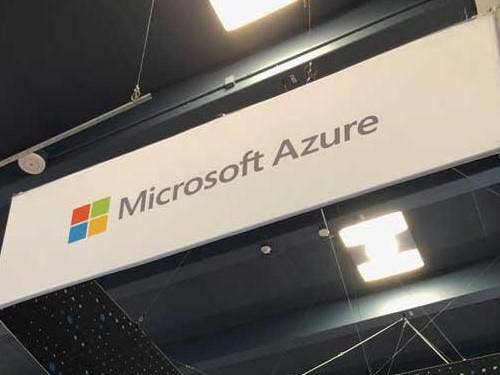
Microsoft Build 2022 Coverage: The 15 Biggest Azure Announcements at Microsoft Build 2022
The Biggest Microsoft Teams and M365 Announcements at Build 2022
The three-day Microsoft Build 2021 developers conference started virtually today with the No. 2 cloud provider introducing a slew of updates to its Azure cloud computing capabilities.
Azure announcements ranged from artificial intelligence (AI) features, to app services running on Kubernetes clusters with Azure Arc, to Azure Cosmos DB enhancements. The Redmond, Wash., technology company also provided a look at the new PyTorch Enterprise on Microsoft Azure, new Azure Marketplace offers and the Microsoft Build of OpenJDK.
Microsoft is targeting a developer audience that’s estimated to reach 71.5 million in 2030, a 44.5 percent increase from today, according to IDC.
“It is our mission to empower this next generation of developers with world-class tools and cloud services that allow them to build the applications of the future,” Gabe Monroy, vice president of Microsoft Azure developer experience, said in a blog post. “These applications of the future will be intelligent, infused with AI to provide advanced insights.”
The applications will incorporate open-source technology and libraries from across the globe, will be reliable under load and secure by design, and will be built with tools that allow developers to seamlessly move from idea to code to cloud, according to Monroy.
“We see customers on Microsoft Azure building these applications of the future today by leveraging cloud-native technologies like containers, Kubernetes, microservices, serverless functions and API-centric design,“ he said. “With the success our customers have experienced using cloud-native technologies on Azure, many are now trying to replicate that success in other environments. They want the best-in-class development and management experiences for their cloud-native workloads in Azure and in their on-premises environments, edge locations and on other clouds like AWS and Google Cloud.”
Here’s a look at some of the top Azure news from Microsoft Build 2021.
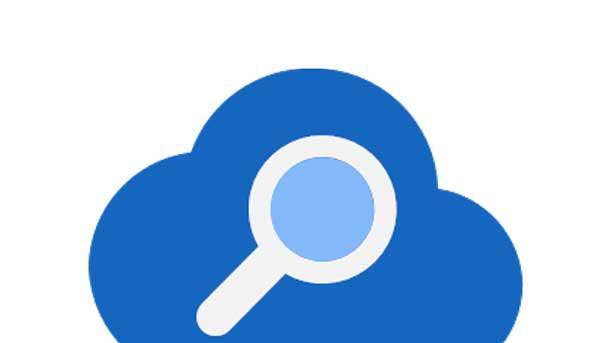
Azure AI Updates
Microsoft made several updates to its Azure AI services to help developers more quickly modernize common business processes.
Azure Bot Service, which provides an integrated environment purpose-built for bot development, now includes a visual authoring canvas with extensible open-source tools so developers can add speech and telephony capabilities and for testing, debugging and publishing bots to multiple channels with minimal code changes.
Azure Metrics Advisor is now generally available after going into preview in September. The time-series monitoring platform provides a set of APIs for data ingestion, anomaly detection and diagnostic insights without requiring machine learning (ML) knowledge. Azure Metrics Advisor grew out of developers’ work for Microsoft’s Bing search engine to detect deviations from normal operations, such as spikes in queries from one country or a sudden drop in advertising revenue.
Azure Video Analyzer, which brings Live Video Analytics and Video Indexer into a single service, is now in preview to help developers quickly build AI-powered video analytics from stored and streaming videos. Live Video Analytics allows developers to build intelligent, video-based apps using their choice of AI, while Video Indexer automatically extracts advanced metadata from video and audio content. Azure Video Analyzer use cases include workplace safety, in-store experiences, digital asset management and content monetization.
Microsoft Azure has grouped all of these services, as well as Azure Cognitive Search, Azure Form Recognizer and Azure Immersive Reader, into a new Azure AI category that it’s calling Azure Applied AI Services. The services build on the cognitive APIs from Azure Cognitive Services and Azure ML, accelerating development of AI solutions by providing additional task-specific AI and built-in business logic, according to Microsoft.
Customers routinely tell the cloud provider that while they see AI’s potential, building solutions with it are harder than anticipated, Eric Boyd, corporate vice president of Microsoft Azure AI, said in a blog post.
“The goal with Azure Applied AI Services is to provide a bit more packaging and structure to really accelerate the development of AI solutions for common business processes,” Boyd said. “We see this category of ‘How do you package and combine and simplify these things?’ really speaking to people understanding that there’s tremendous power in what AI can do and saying, ‘I need to bring that to all areas of my business.’”
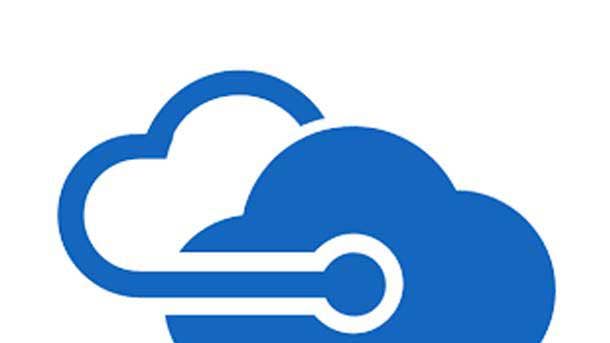
Azure Cognitive Services Updates
New capabilities for document translation and text analytics have been added to Azure Cognitive Services, a family of AI services and cognitive APIs to help build intelligent apps.
Document Translation, a Translator feature in Azure Cognitive Services, is now generally available after being announced in preview in February. It allows developers to quickly translate documents while preserving the structure and format of the original documents. Use cases include enterprises and translation agencies that need to translate complex documents into one or more languages.
Text Analytics for health, which launched last July as a preview feature of Text Analytics in Azure Cognitive Services, is now generally available. Developers can use it to process and extract insights from unstructured medical data, including doctors’ notes, medical journals, electronic health records and clinical trial protocols.
Question Answering, another new Text Analytics feature, is now in preview. It helps users find answers from a passage of text without saving or managing data in Azure.
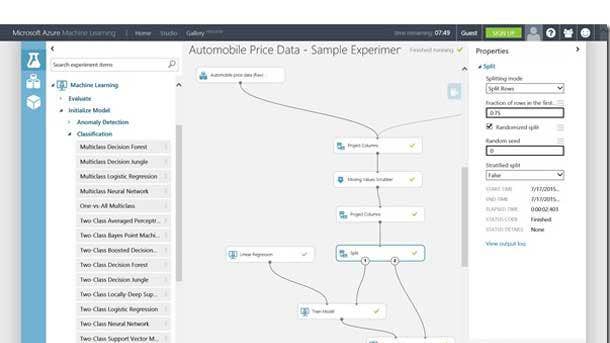
ML Updates
Microsoft announced two new ML capabilities to help accelerate AI model deployments.
Azure Machine Learning managed endpoints is now in preview. It helps developers and data scientists more easily build, deploy and operationalize ML models by automating the creation and management of the underlying compute infrastructure, including updates and security. Customers also get out-of-the-box infrastructure monitoring and log analytics capabilities.
Azure Machine Learning managed endpoints already are in use at scale in Power Apps for OpenAI’s GPT-3, one of the world’s largest natural language models, Microsoft said.
Power Fx is the formula-based language used in Power Apps.
“Recalling complex formulas is challenging, but now customers can simply use natural language, which is then automatically converted to Power Fx code,” Microsoft said. “Power Apps users can now build apps more quickly and easily using Power Fx code-enabled by Azure Machine Learning managed endpoints.”
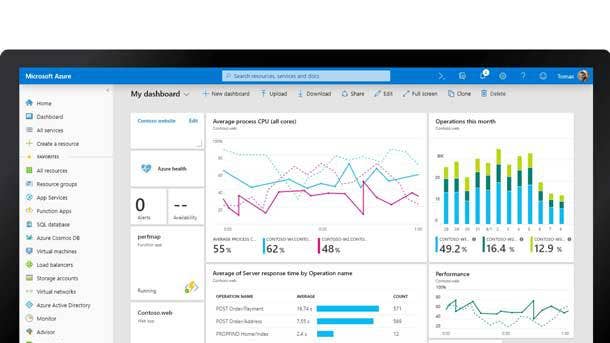
PyTorch Enterprise On Microsoft Azure
The new PyTorch Enterprise on Microsoft Azure gives additional benefits to Microsoft Premier and Unified Support for enterprise customers, including prioritized requests, hands-on support and solutions for hotfixes, bugs and security patches.
PyTorch is an open-source ML framework that accelerates the path from research prototyping to production deployment, and Microsoft contributes to its ecosystem.
Microsoft also is collaborating with PyTorch to create a new initiative called the PyTorch Enterprise Support Program, designed to give PyTorch users a more reliable production experience. Microsoft Premier and Unified support customers using PyTorch are automatically eligible for PyTorch Enterprise and can request hotfixes. Microsoft says those requests will be prioritized, quickly addressed and deployed in the long-term support version of PyTorch, which also is available in Azure ML.
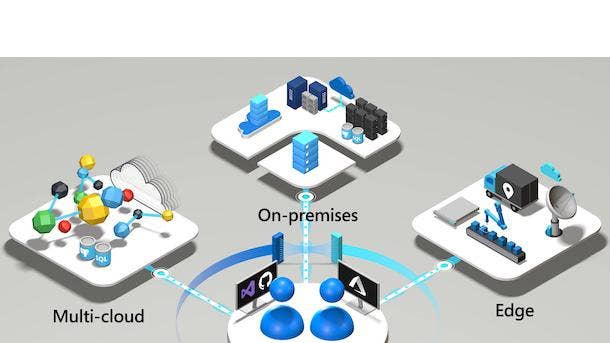
Azure App Services Running On Kubernetes Clusters With Azure Arc
Azure application services such as App Service, Functions, Logic Apps, API Management and Event Grid now can run on Kubernetes clusters anywhere across on-premises, multi-cloud and edge environments with Azure Arc.
The new capability is now in preview, precluding customers from having to choose between platform-as-a-service productivity and the control of Kubernetes, according to Microsoft.
With the app services now Azure Arc-enabled, customers can deploy Web Apps, Functions, API gateways, Logic Apps and Event Grid services on pre-provisioned Kubernetes clusters, taking advantage of features such as deployment slots for A/B testing, storage queue triggers and out-of-box connectors from the app services, regardless of run location.
“With todays announcement, developers can save time building hybrid applications using the portable application services enabled by Azure Arc,“ Monroy said. “When combined with the use of Arc-enabled data services like Azure PostgreSQL and Azure SQL, applications and their data can now run anywhere using fully managed cloud services — an industry first.”
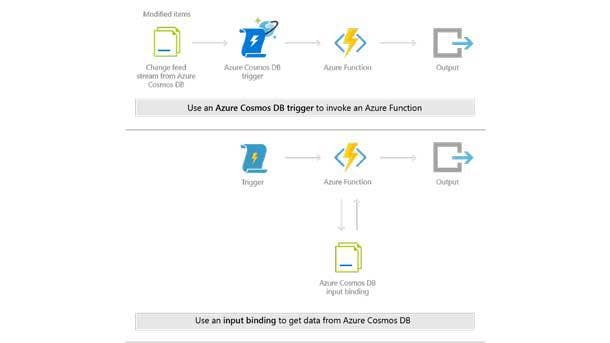
Azure Cosmos DB Updates
Updates for Azure Cosmos DB, Microsoft’s fully managed NoSQL database service for modern app development, are now available.
Under a partial document update for Azure Cosmos DB, developers can modify specific fields or properties within a document without requiring a full document read and replace. Partial document update, now in preview, is available for Core (SQL) API and via .NET SDK, Java SDK and stored procedures.
Azure Cosmos DB serverless is now generally available for all APIs — Core,
MongoDB, Cassandra, Gremlin and Table — allowing developers to optimize
costs and more easily run certain apps.
“Serverless charges are only for the resources consumed, making it a great deployment option for applications with spiky traffic patterns,” JG Chirapurath, Microsoft’s vice president of Azure data, AI and edge, said in a blog post. “Customers like Albertson’s and Swiss Re are benefiting from this capability today.”
Serverless is most suited for apps with moderate performance requirements and frequent periods with little to no traffic, according to Microsoft.
With Azure Cosmos DB Linux emulator, now in preview, Linux developers
can build, test and learn on Azure Cosmos DB free and locally on their Linux and macOS machines. The Linux emulator is a free local download of Azure Cosmos DB that doesn’t require an Azure subscription.
Azure Cosmos DB integrated cache is now in preview. Customers can optimize costs for read-heavy workloads by setting up an integrated cache in their Azure Cosmos DB accounts. The cache is billed hourly for fixed, dedicated compute resources, and it reduces the number of requests hitting the operational database, resulting in lower costs, according to Chirapurath.
“Integrated cache optimizes costs and boosts performance for read-heavy workloads by up to 96 percent and 300 percent, respectively,” he said.
Always Encrypted for Azure Cosmos DB, now in preview, allows customers to encrypt sensitive data inside their client app before it gets stored in their databases, ensuring confidential parts of datasets only are available to appropriate audiences.
Always Encrypted for Azure Cosmos DB also enables customers who must comply with regulatory requirements to use the database to securely store their data in the cloud.
Azure Cosmos DB role-based access control (RBAC) is now generally available, giving customers enhanced control over data security.
“RBAC enables administrators to define roles with specific rules and apply the roles to Azure Active Directory profiles to determine access level,” Chirapurath said.
Account administrators can set up clearly defined rules about what each identity is able to do within the database and then apply the roles to Azure AD profiles to determine access level.
Azure Cosmos DB’s expanded free tier, now generally available, provides developers more flexibility to innovate with 1,000 request units provisioned throughput and free 25 GB storage monthly for the lifetime of one Azure Cosmos DB account per Azure subscription.
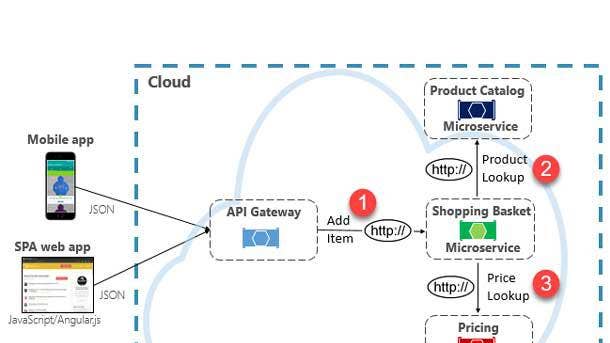
Azure Communication Services Updates
Microsoft added new features to Azure Communication Services, which it launched in 2020 to allow customers to build communications services with the same platform used by Microsoft Teams.
A user interface (UI) library is now available for the fully managed communication platform. Developers can access a variety of Fluent UI component options such as prebuilt composites or specific UI components to build a custom communication experience and simplify the cross-channel user experiences within their apps.
The UI library extends as a layer on top of Azure Communication Services for calling and chat, providing Microsoft Teams-like composable and turnkey composite components that are fully open source and identity-agnostic with interoperability into Teams.
Microsoft plans to add call recording for Azure Communication Services in preview next month. The built-in platform feature is designed to help simplify and improve the recording process with secure, server-side runtime control APIs that allow for mixed audio and video output with built-in temporary storage for up to 48 hours. As with Teams, the recorded media output is in MP4 audio and video format, with more formats – including audio-only MP3 – in the works.
Microsoft next month also will add direct routing in preview, allowing developers to use or extend their existing telephony infrastructure to the calling capabilities built with Azure Communication Services. Direct routing is a virtual connection between a developer app and a legacy on-premises telephony or carrier used for calls on the public switched telephone network (PSTN). Developers can enable calling through PSTN almost anywhere and allow for connections into third-party equipment through a certified session border controller, Microsoft said.
Traversal Using Relays around NAT (TURN) protocol support is available in preview for voice or video communications built with Azure Communication Services. TURN allows for real-time communication between web or mobile apps built with open-source WebRTC or when endpoints are behind NAT or firewalls that prevent successful connections.
Azure Communication Services Calling SDK for Windows’ Universal
Windows Platform is in preview. Developers get the ability to add voice and video calling capabilities to native apps running on Windows, enabling rich communication experiences for desktop PCs, Xbox, mixed-reality headsets, HoloLens, IoT devices and more, according to Microsoft.
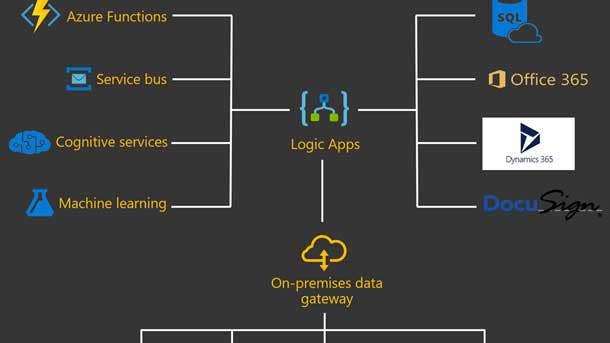
Azure Logic Apps Updates
Microsoft updated Azure Logic Apps with new hosting options, improved performance and developer workflows, including better consistency and integration with developer tools such as Visual Studio Code.
Logic Apps is a cloud-based platform for creating and running automated workflows that integrate apps, data, services and systems. It has become the cornerstone of Azure Integration Services, an integration platform-as-a-service offering for mission-critical enterprise integration, according to the cloud provider.
Microsoft also unveiled a new standard pricing tier and added 4,000 actions to the consumption tier, which allows users to pay by use.
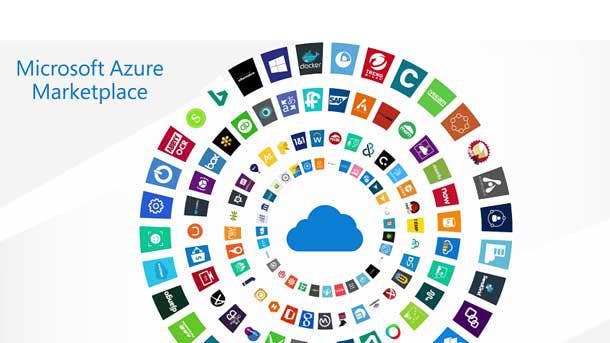
New Azure Marketplace Offers
Microsoft announced several new offers on Azure Marketplace, its online catalog of IT solutions.
Two new offers for Java Enterprise Edition (EE) and Jakarta EE workloads are now generally available, enabling customers to move their Java apps to the Azure infrastructure with greater reliability and automation.
Offers for Red Hat JBoss Enterprise Application Platform on Azure Red Hat Enterprise Linux virtual machines and Virtual Machine Scale Sets also are available, enabling customers to more easily move enterprise Java apps running
on JBoss EAP to the cloud, with QuickStart guides and joint support from Microsoft and Red Hat. Customers easily can add Azure resources such as PostgreSQL or SQL Server to expand their Java cloud deployments, according to Microsoft, and Virtual Machine Scale Sets allows for fast and reliable horizontal scaling.
Offers for IBM WebSphere Application Server (Traditional) on Azure Virtual Machines also are now available for customers to move enterprise Java apps running on WebSphere to the cloud. Automated solution templates simplify deployment, Microsoft and IBM provide joint support.
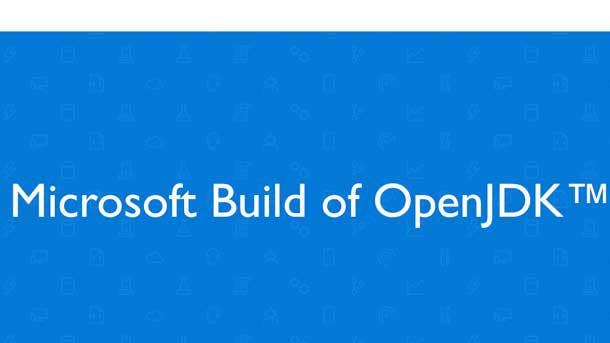
Microsoft Build Of OpenJDK
The Microsoft Build of OpenJDK, which went into preview in April, is generally available with commercial support on Azure and Azure Stack, giving customers a new no-cost, long-term supported distribution of OpenJDK.
Open JDK is a free and open-source implementation of the Java Platform, Standard Edition. Microsoft said it will recommend optimizations to customers running Java-based workloads using the Microsoft Build of OpenJDK at scale across services including LinkedIn, Minecraft, Yammer and other internal systems.
The Microsoft Build of OpenJDK — free for anyone to deploy anywhere and fully supported by Microsoft for customers with qualifying Azure support plans — includes binaries for Java 11 based on OpenJDK 11.0.11, on x64 server and desktop environments on macOS, Linux and Windows.
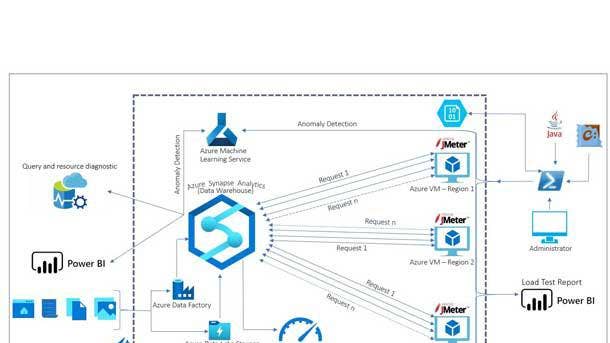
Azure Analytics Updates
Microsoft announced several updates to Azure analytics tools to improve integration and runtime capabilities.
Azure Synapse Link for Dataverse, now in preview, removes barriers between business apps data and analytical systems. Developers working in Microsoft Power Apps or Dynamics 365 with a few clicks can bring their entire Dataverse environment to Azure Synapse to power new insights, perform predictive analytics, enrich existing data with other business datasets and explore their data lake or other large data repositories.
Azure Synapse support for Spark 3.0.1 is in preview, following significant Azure Synapse Analytics investments in the overall performance of Apache Spark workloads in March. Customers using Azure Synapse data engineering and big data workloads can now use the Spark 3.0.1 runtime with additional performance enhancement optimizations directly from their Synapse workspace, which improves the overall performance of critical workloads up to two times faster, according to Microsoft.
Synapse Apache Spark Hardware Acceleration also is in preview. Azure Synapse Analytics now supports using field-programmable, gate array hardware and graphics processing unit processors — designed to better handle AI — to accelerate Apache Spark for data processing and ML. This will help enterprise data engineers using large datasets for tasks including developing new product lines, transforming supply-chain models or responding to security threats, as well as data scientists using larger and more complex datasets for AI needs, Microsoft said.
Azure Purview, a data governance service in preview, supports Azure Database for mySQL and Azure Database for PostgreSQL as a source for metadata, classification and lineage extraction. It extends the reach of the Purview Data Map to Azure open-source databases. Azure Database for mySQL and Azure Database for PostgreSQL customers automatically can scan and classify the sources and visualize lineage when this data gets transformed, and data consumers in the Purview Data Catalog then can discover the data and its lineage.
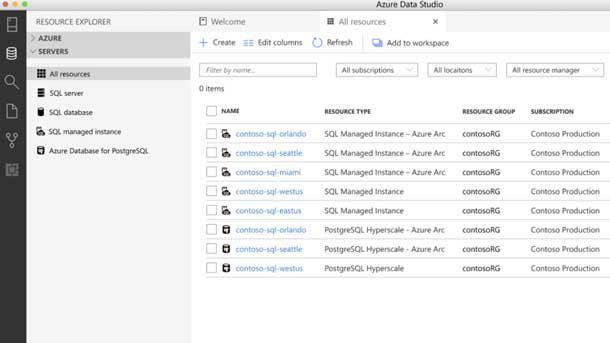
Azure Arc Updates
Microsoft added several new capabilities for Azure Arc, which extends Azure management and services to any infrastructure.
Azure app services are now Azure Arc-enabled, joining previously announced Arc-enabled services such as Arc-enabled data services and Arc-enabled ML. Azure native apps services such as Functions, App Services, Logic Apps and Event Grid now can be used by Azure Arc customers running on Azure, on-premises services or on other cloud providers, including rivals Amazon Web Services and Google Cloud Platform.
Also in preview, Azure Arc-enabled Open Service Mesh (OSM) simplifies integration between OSM and Azure Arc-enabled Kubernetes clusters so customers can more easily build extensible distributed apps across datacenter, edge and multi-cloud environments. The integration provides additional tools to manage and secure highly dynamic microservice environments on Azure Arc-enabled Kubernetes clusters. Customers can onboard OSM to a single cluster or apply policy to onboard multiple clusters at scale.
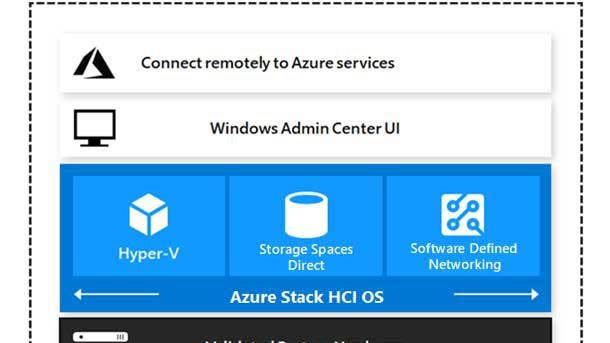
Azure Stack HCI Updates
Microsoft is announcing new capabilities for Azure Stack HCI, its cloud-connected, hyperconverged infrastructure operating system delivered as a service.
They include Azure Kubernetes Services (AKS) on Azure Stack HCI, which is now generally available. Developers and administrators can use the Kubernetes-based platform to build, deploy and manage containerized apps in their datacenters and edge locations.
AKS on Azure Stack HCI is designed to make the deployment of Kubernetes clusters on-premises easy through the Windows Admin Center user interface, according to Microsoft. It is Azure Arc-enabled out-of-the-box with a fully consistent Azure experience, has built-in security and includes familiar tools for native .NET support.
Another new feature, multi-cluster monitoring for Azure Stack HCI in the Azure portal and preview channel, enables customers to monitor the health of a cluster even if they are not on the physical site.
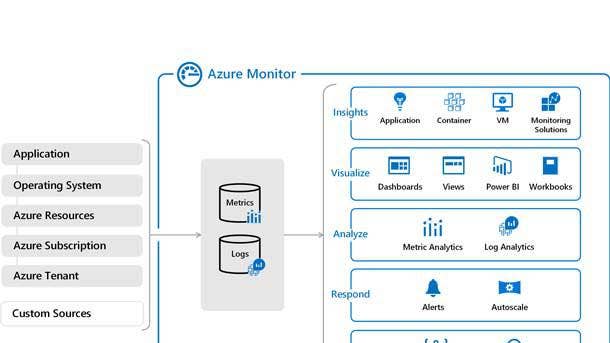
New Azure Monitor Capabilities
There are two new capabilities for Azure Monitor, which helps developers collect, analyze and act on telemetry data and identify problems in seconds.
Easy onboarding of Application Insights for Java apps on Azure App Services is in preview, allowing customers writing Java apps on Linux and Windows App Services to automatically onboard to Application Insights without code changes.
Query packs in log analytics is in preview, allowing customers to create and share query packs of log analytics queries within their organizations for easier collaboration between teams.
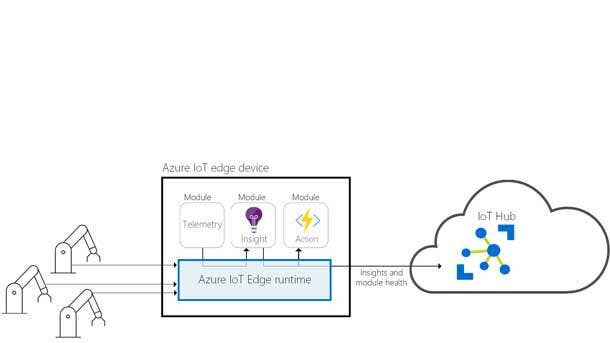
Azure IoT Edge Updates
Updates to Azure Internet of Things (IoT), a collection of Microsoft-managed cloud services that connect, monitor and control IoT assets, allow for secure data connections and use of Windows and Linux.
Azure IoT Edge nesting capabilities are now generally available, allowing industrial customers to secure critical assets under the ANSI/ISA-95 standard for network isolation. By enabling hierarchies of IoT edge devices through the automation pyramid, manufacturers can collect data from their systems, aggregate it and forward it to the cloud without compromising those systems, according to Microsoft.
Azure IoT Edge for Linux on Windows (EFLOW) also is generally available. EFLOW allows customers to use both Windows and Linux instead of having to choose just one. Customers retain their existing Windows IoT assets and get the power of Windows IoT for apps requiring an interactive UX and high-performance hardware interaction.